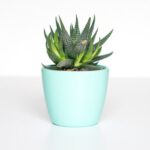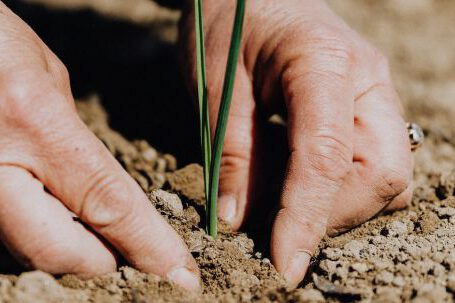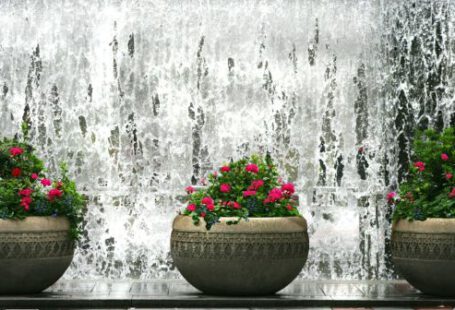Container gardening has become increasingly popular, especially for those who have limited space or want to add a touch of green to their outdoor areas. However, arranging plants in containers requires some thought and consideration to create the best visual impact. In this article, we will discuss some essential tips and techniques to help you arrange plants in containers like a pro.
Choose the Right Container
The first step in creating a visually appealing arrangement is selecting the right container. Consider the size, shape, and material of the container. Tall pots are perfect for creating vertical interest, while shallow and wide containers are ideal for displaying a variety of plants. Additionally, choose a container that complements the style of your outdoor space, whether it’s modern, rustic, or traditional.
Select a Focal Point
Every well-designed container arrangement needs a focal point. This could be a tall plant, a unique specimen, or a vibrant flower that catches the eye. The focal point adds interest and draws attention to the arrangement. Place it in the center or towards the back of the container, depending on the size and shape of the plants you are working with.
Consider Height and Spacing
When arranging plants in containers, it’s crucial to consider their height and spacing. Taller plants should be placed towards the back or center, while shorter plants can be placed towards the edges. This creates a sense of depth and balance in the arrangement. Additionally, leave enough space between plants to allow for growth and prevent overcrowding.
Mix Different Textures and Colors
To create an eye-catching container arrangement, mix plants with different textures and colors. Combining plants with varying leaf shapes, sizes, and textures adds visual interest and dimension to the arrangement. Play with contrasting colors, such as pairing vibrant flowers with foliage in complementary hues. However, be careful not to overwhelm the arrangement with too many colors or textures, as it can create a chaotic look.
Layer Plants for Depth
Layering plants in containers is a great way to add depth and create a lush appearance. Start with taller plants at the back or center, then gradually work your way forward with medium-sized and trailing plants. This cascading effect adds visual interest and creates a sense of fullness. Ensure that each layer is visible and does not overshadow the others.
Pay Attention to Proportions
Proportions are key when arranging plants in containers. Consider the size of the container in relation to the plants you are using. A small container with oversized plants can look unbalanced, while a large container with tiny plants may appear sparse. Aim for a harmonious balance between the size of the container and the plants it holds.
Add Some Vertical Interest
Incorporating vertical elements in your container arrangement can add drama and height. Consider using trellises, obelisks, or tall grasses to create vertical interest. These elements not only add visual appeal but also provide support for climbing or trailing plants. Place them strategically within the arrangement to enhance the overall look.
Regular Maintenance
Lastly, regular maintenance is essential to keep your container arrangement looking its best. Water plants regularly, taking care not to overwater or underwater them. Prune and deadhead as needed to maintain the desired shape and prevent overcrowding. Additionally, consider fertilizing your plants to promote healthy growth and vibrant colors.
In conclusion, arranging plants in containers for the best visual impact requires careful consideration of the container, focal point, height and spacing, textures and colors, layering, proportions, vertical interest, and regular maintenance. By following these tips and techniques, you can create stunning container arrangements that bring life and beauty to your outdoor space. So go ahead, unleash your creativity, and enjoy the art of arranging plants in containers.





